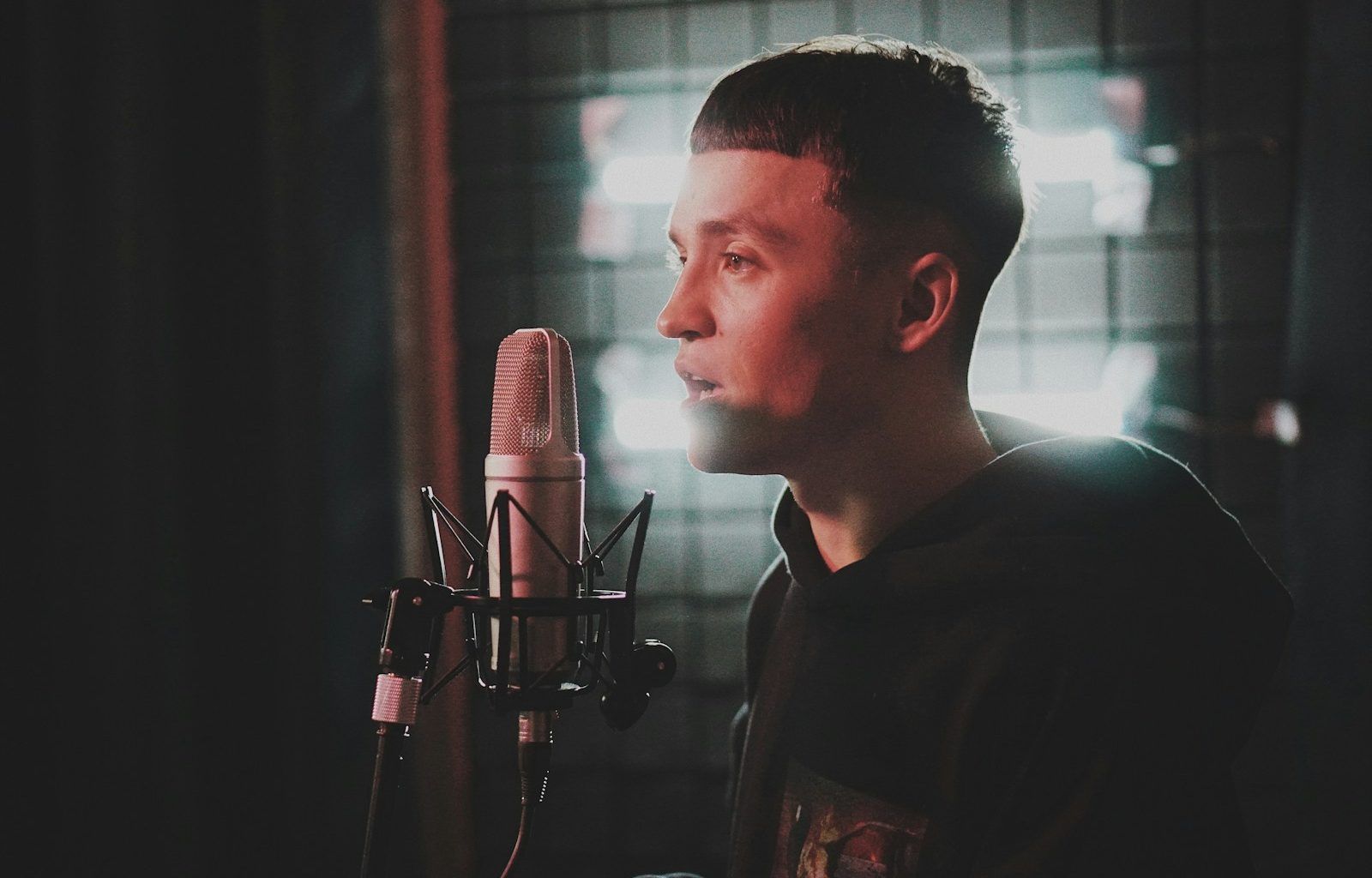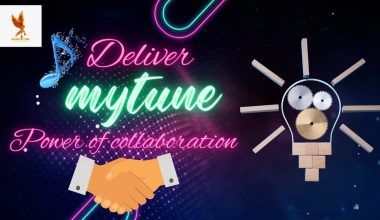In today’s digital age, earning from your music is no longer limited to live performances or physical album sales. With a plethora of digital platforms at your disposal, monetizing your songs has become more accessible than ever. Whether you’re an independent artist or part of a label, you have the power to reach a global audience and turn your talent into income. In this guide, we’ll walk you through the steps to monetize your song on all digital stores easily while ensuring you maximize your earnings.
Why Monetizing Your Song Matters
Monetizing your music is a vital step for any artist looking to build a sustainable career. It’s not just about making money; it’s about creating a legacy, expanding your audience, and ensuring your music reaches its full potential. Platforms like Spotify, Apple Music, YouTube, and others offer artists the chance to earn royalties every time someone streams or downloads their tracks. This means that every listener contributes to your financial success.
Understanding Digital Stores and Their Role
Digital stores are platforms where your audience can stream, download, or purchase your music. These stores range from popular streaming platforms like Spotify, Apple Music, and Amazon Music to niche platforms catering to specific audiences. They serve as the bridge between you and millions of listeners worldwide. By monetizing your music on these platforms, you ensure that your work is recognized and rewarded.
How to Monetize Your Song on All Digital Stores Easily
Step 1: Register with a Music Distribution Service
To get your song on all digital stores, the first thing you’ll need is a music distributor. These services act as middlemen, delivering your tracks to platforms like Spotify, Deezer, and Tidal. Some popular distributors include:
- Deliver My Tune
- DistroKid
- CD Baby
- Ditto Music
These platforms charge a fee or commission for their services, but they ensure your music is uploaded seamlessly.
Step 2: Ensure Your Song Meets Quality Standards
Most digital stores have specific requirements for audio quality, cover art, and metadata. Here’s what you’ll need to prepare:
- High-quality audio files (preferably WAV or FLAC format)
- Attractive album art that meets platform specifications
- Accurate metadata including song title, artist name, and genre
Step 3: Claim Royalties from Performing Rights Organizations (PROs)
Joining a Performing Rights Organization is crucial for collecting royalties from public performances, radio plays, and even TV broadcasts. Organizations like ASCAP, BMI, and PRS for Music help you monetize your work beyond digital stores.
Step 4: Use Content ID for Video Platforms
Platforms like YouTube allow you to earn from your music through their Content ID system. By registering your tracks, you can claim ad revenue from videos using your music, even without your permission.
Step 5: Set the Right Price
For platforms that sell your music, such as iTunes or Bandcamp, pricing your tracks correctly is key. Research what similar artists are charging and find a balance that appeals to your audience while maximizing your earnings.
Tips for Maximizing Your Revenue
Optimize Metadata for Discoverability
Metadata isn’t just a technical detail—it’s how your audience finds your music. Use keywords, relevant genres, and accurate descriptions to increase your chances of being discovered.
Promote Your Music Actively
While uploading your music is the first step, promotion is what truly drives revenue. Share your tracks on social media, collaborate with influencers, and engage with fans through live streams and Q&A sessions.
Build a Loyal Fan Base
Your fans are your biggest asset. Engage with them regularly through newsletters, social media updates, and exclusive content. The stronger your connection with them, the more likely they are to stream, buy, and share your music.
Frequently Asked Questions
Can I monetize covers of songs on digital stores?
Yes, but you’ll need to obtain proper licensing. Some platforms, like DistroKid, offer built-in cover song licensing services to make this process easier.
How much can I earn from digital stores?
Earnings vary depending on the platform and your audience size. For instance, Spotify pays per stream, while platforms like Bandcamp allow you to keep a larger percentage of direct sales.
What’s the best platform for independent artists?
Each platform has its strengths, but many independent artists prefer services like Bandcamp for its fair revenue share and creative control.
Why You Should Start Today
The sooner you monetize your song on all digital stores, the quicker you can start building a sustainable career in music. The tools and platforms available today make it easy for artists to reach a global audience and earn from their talent. By following the steps outlined in this guide, you’re well on your way to turning your passion for music into a profitable venture.
Conclusion
Monetizing your song on all digital stores easily is no longer a dream—it’s a reality for any artist willing to take the first step. By leveraging the power of distribution platforms, optimizing your music for discoverability, and engaging with your audience, you can create a steady income stream while sharing your art with the world. Start today and watch your music career flourish.
For further reading, explore these related articles:
For additional resources on music marketing and distribution, visit DMT Records Private Limited.






